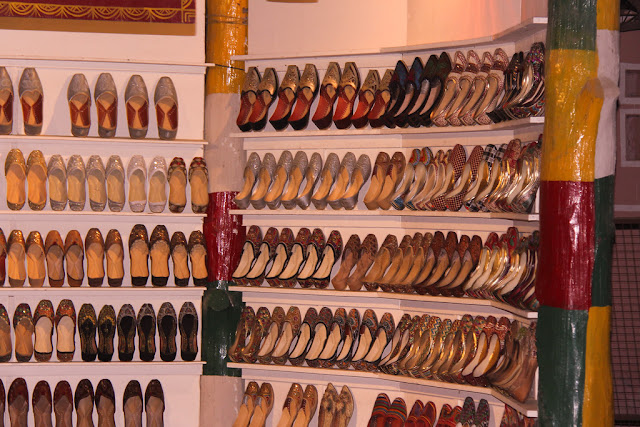Mapo Tofu
This is a big favorite when it comes to Sichuan cuisine. Translated literally as “pock-marked woman’s tofu,” the dish was created in the 19th century by a lady with a pock-marked face, to sell from her family-owned tavern. The principal behind her creativity was to make a tasty and soulful staple from simple and inexpensive ingredients – silken tofu, ground beef or pork, fermented chili bean paste, Sichuan peppercorns, and lots of hot chili oil.Hongshao Rou
Lots of regions in China have pork dishes similar to this that tend to be sweet in flavour. But the Hunanese version features their love of chillies. Hongshao rou translates as red braised pork, and the Máo shì hóngshāoròu version was reputed to be the favourite of Mao Tse-tung, so much so that the authorities have codified what it should be made from and how it should be made.Dandan Noodles
This dish gets its name from the long pole people use to carry two baskets, one containing the noodles, and the other the sauce. The latter is made from preserved vegetables, mushroom stems, chilli oil, sichuan pepper, minced pork and spring onions.Cold Mung Bean Noodles
A refreshing dish in Chongqing’s sometimes oppressive heat and humidity, noodles are strips of cold cornstarch-based strips resembling noodles. Topped with seasonings like soy sauce, vinegar, and garlic, the dish can be found throughout China, especially in Lanzhou where it’s sometimes served stir-fried.Chongqing Hotpot
A crock pot with clear broth or spicy broth is kept simmering on the table when varied food and ingredients are added according to personal preference. For social gatherings in Chongqing, a pot with two chambers is often used. This contains a mild broth on one side, and a spicy broth traditionally made from pepper oil sauce and chilies on the other. The pot is placed in the middle of a table on a gas burner and heated, after which the guest boils the food according to taste. Other combinations of savory and sweet sauces are possible, but the locals often ignore the normal broth.Deep-fried Spicy Chicken
A very delicious delicacy is the deep-fried spicy chicken. In this dish, chicken pieces are deep-fried together with many chilies and finished with pepper. This pepper has a special flavor that is reminiscent of lemon, and the gives the dish a fresh note. A plate of crispy chicken smothered in chili peppers, Sichuan peppercorns, and tons of aromatics to create an electrifyingly hot numbing sensation that’s so addictive. Take the challenge if you can handle the heat.Read more: Having breakfast like a local in Shanghai, China
Source Internet






















